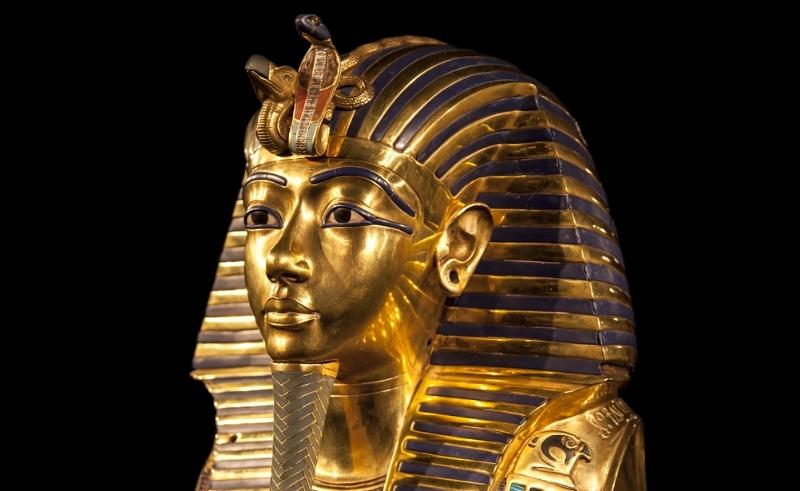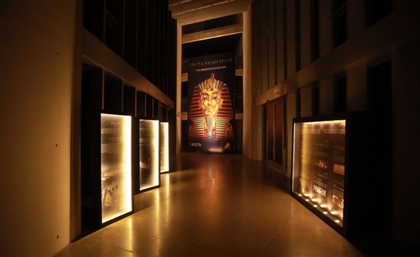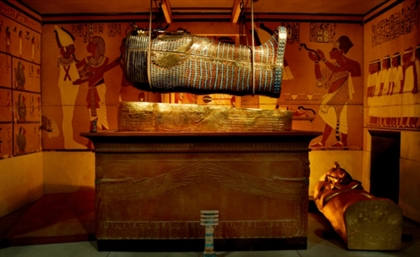X-Rays Unlock Secrets Behind King Tut's Meteorite Dagger
How and why was the dagger made? The Chiba Institute of Technology in Japan, in cooperation with the Grand Egyptian Museum, sought to answer these questions with a study of their own.

In 2016, a study published in Meteoritics & Planetary Science unveiled something quite unexpected about one of King Tutankhamen's many treasures that had been buried with him. An iron dagger was confirmed to have been made out of a meteorite, bringing a celestial edge to an already-legendary archaeological treasure. Although the study was able to analyse the dagger's composition (which showed that the blade was 11% nickel - terrestrial iron ore, in comparison, never contains more than 4% nickel), it wasn't able to answer a few nagging questions: just where did the dagger come from, and how was it made?
The Chiba Institute of Technology in Japan, in cooperation with the Grand Egyptian Museum, sought to answer these questions with a study of their own. See, the Iron Age - when the technology to process iron was widespread - began after 1200 BC. King Tut's dagger is dated to around 1361 to 1352 BC, during the Bronze Age. If there were iron artefacts from this time, chances are they were made out of meteorites. Furthermore, this particular artefact was intricately detailed, while most of the treasures in King Tut's tomb were more crudely detailed. What's so special about this dagger that its gold hilt was crafted with such love?
Through non-destructive chemical analysis, the study has been able to determine that the dagger was made of a kind of meteorite called the octahedrite, and that the dagger was made by low-temperature forging. As for what made this dagger so special, the lapis lazuli decorations on the gold hilt appear to have been stuck on with lime plaster, rather than gypsum plaster. Ancient Egyptians almost always used gypsum plaster, with lime plaster coming into more common use after 305 BC during the Ptolemaic period. This suggests a foreign origin.
Enter the Amarna letters, a series of tablets with diplomatic correspondence written in Akkadian. Amongst these letters is a record of gifts from the king of Mitanni to Amenhotep III, King Tut's grandfather, after he married a princess from Mitanni. Included the list is an iron dagger with a gold hilt and lapis lazuli inlays. While it could be a coincidence, it's just as likely a confirmation that this gorgeous dagger was especially made as a royal present that had been passed down to King Tut.
- Previous Article Dr.Sisilove or How (Not) To Diffuse A Bomb
- Next Article Uber Bus for Business to Launch in Egypt
Trending This Week
-
Apr 13, 2024
























